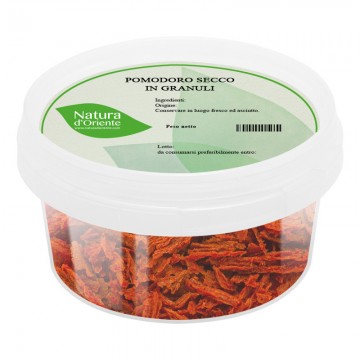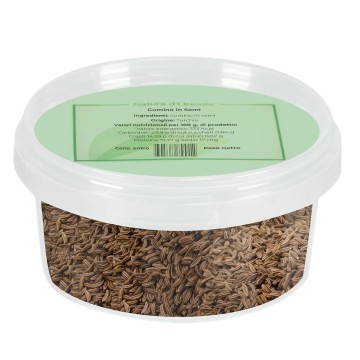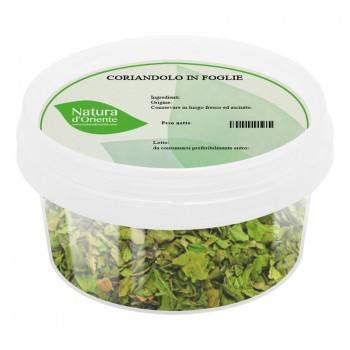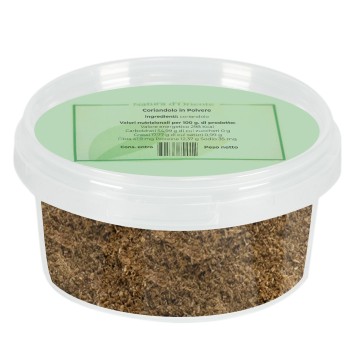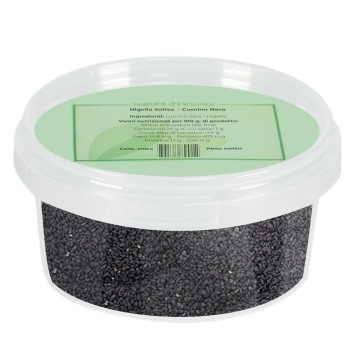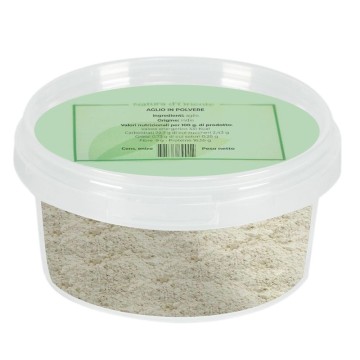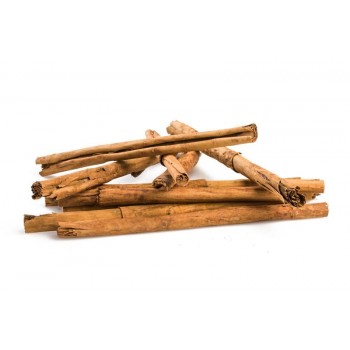Obtained from the seeds and pods, vanilla extract adds an exclusive aroma and flavor to every sweet preparation. The aromatic profile of non-pure vanilla extract is, in fact, among the most popular flavoring agents in the world. Sought after in many desserts, biscuits, cakes and chocolate specialties, it can give an exotic and engaging touch to the palate and the sense of smell.
The extract works as a natural flavor enhancer, which amplifies the sweet flavors it is paired with. The intensity of the aroma completes the sensory pleasure that vanilla brings to recipes.
Using vanilla extract in cooking
It is considered an essential ingredient in many baked goods such as cakes, biscuits, donuts, tarts, custards and icings. Vanilla extract is used in baking such as brownies, muffins, and cupcakes, and is common in ice cream and pudding.
It is also used to flavor beverages and creamy drinks. As a sweet and aromatic spice, vanilla extract works well with chocolate. It also works well to reduce acidity in savory recipes, especially sauces.
Vanilla Cake with Fondant Filling
Ingredients:
1 package cake mix (regular size) – 1 1/4 cups water (300 ml) – 1/3 cup olive oil – 2 large eggs – 1 teaspoon vanilla extract – ½ cup white chocolate chips/chips, melted. For the fondant filling: 1 cup dark chocolate chips - 3 tablespoons butter - 2 tablespoons milk (reduced fat, semi-skimmed) - 1/4 cup powdered sugar - 2 tablespoons corn syrup (or maple syrup) - 1 teaspoon vanilla extract. For the mousse topping: 1 1/2 cups cold, semi-skimmed milk - 1 package instant white chocolate pudding - 1 package heavy cream for frosting - 1 teaspoon vanilla extract - chocolate curls Preparation
Preheat the oven to 350°F. Grease a baking pan. In a large bowl, combine the cake mix, water, oil, eggs, and vanilla. Beat on low speed for 30 seconds, then on medium speed for 2 minutes. Stir in the melted white chocolate chips until combined. Transfer to the prepared pan. Bake for 25-30 minutes or until firm – a skewer inserted into the center comes out clean. Meanwhile, in a small saucepan, melt the dark chocolate chips and butter with the milk over low heat. Stir together the icing sugar, corn syrup and vanilla extract until smooth. Spread over the warm cake. Cool the cake completely in the pan on a wire rack or heatproof surface.
To garnish the mousse, whisk the milk and pudding mix in a large bowl for 2 minutes. Let stand 5 minutes or until soft. Stir in the cream and vanilla until combined. Spread on the cake and finish with chocolate curls.
Origin and cultivation
Vanilla extract is a solution obtained by macerating vanilla pods in a solution of water, to obtain an essential ingredient in many sweet preparations. A flavoring agent is obtained, extracted from the pods, and highly appreciated in cooking and perfumery - the pods have been used in recipes since the 17th century. The plant from which vanilla derives is an orchid, commonly Vanilla planifolia, which is part of the genus Vanilla. It includes a large group of tropical climbing orchids, of the Orchidaceae family. The pods are the ripe fruit of the plant, from which vanilla extract is derived in its pure form: the ripe pods are macerated with water and alcohol. Alcohol is used to "extract" the flavor from the pods, with the interesting culinary flavor compound, vanillin. This pure extract is considered one of the most expensive spices in the world. The most common version is non-pure vanilla extract, derived from vanilla bean extracts but without the alcohol.
In addition to being appreciated for its pleasant flavor in baking, the calming and intoxicating aroma of vanilla is widely used in perfumery and even in pharmaceutical products. Vanilla beans are mainly grown in Madagascar, Tahiti or Mexico, with different varieties: each country's crop offers a slightly different flavor profile. Today, Madagascar produces around75% of the world's vanilla, followed by other countries such as China, Indonesia, Papua New Guinea. It is thought that all varieties derive from a single species native to Mexico, Central America and northern South America. This was the area where vanilla was used by the Aztecs to flavor the chocolate drink called xocoatl. After it was discovered by the Spanish conquistadors, vanilla became popular in Europe and around the world.

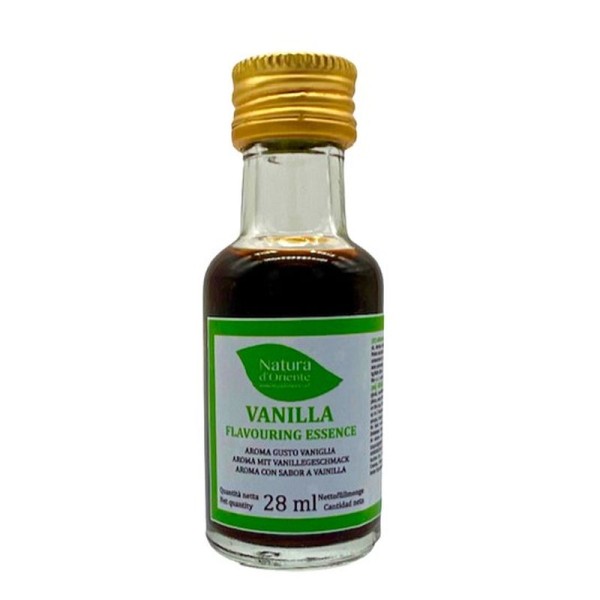



 No reward points for this product.
No reward points for this product.
